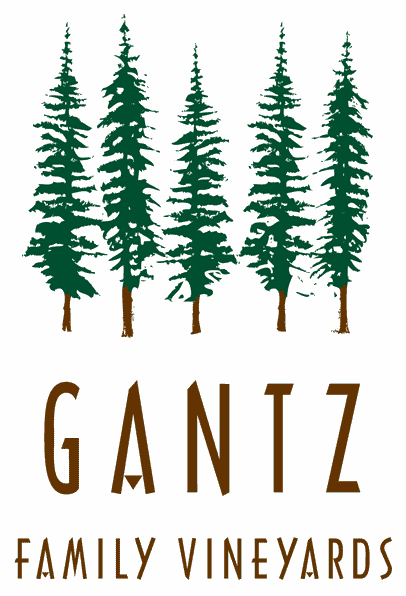The past two years of establishing a vineyard has been like guiding a child from infancy into adolescence. In the first year, the vines were planted in the spring after the frost risk dissipated, and the focus was on getting the baby vines established and developing a hardy root system. After the first year’s growth, the vines were pruned in late winter all the way back to two buds. It’s like they regressed to where they started, and it was a little discouraging (at least for me) to see all that lush foliage that we worked so hard to grow disappear.
But, it was all for the best. In the spring of this second year, the new shoots (powered by nutrients brought up through those big root balls we worked so hard to get) have exploded out of their buds and grown profusely. But in our second year, like the first, we have specific objectives. In the second year we want to establish the trunk and, with it, our vine architecture.
This week, Ulises and his crew took the first critical step on that path by training and tying off our trunks. In selecting which shoot will become the trunk, vigor and diameter are important. But perhaps most important is the location and spacing of the buds and nodes. They will become our future canes from which we will get our first crop next year. Vine architecture is important because it is the basis for the proper orientation of the canes to the fruiting wire, and insures efficient use of the vine’s “production line.”
The guys did the whole Western block in under a day, working carefully and efficiently. Their work shows the importance of the skill and experience Ulises’ team brings to every aspect of their craft.


